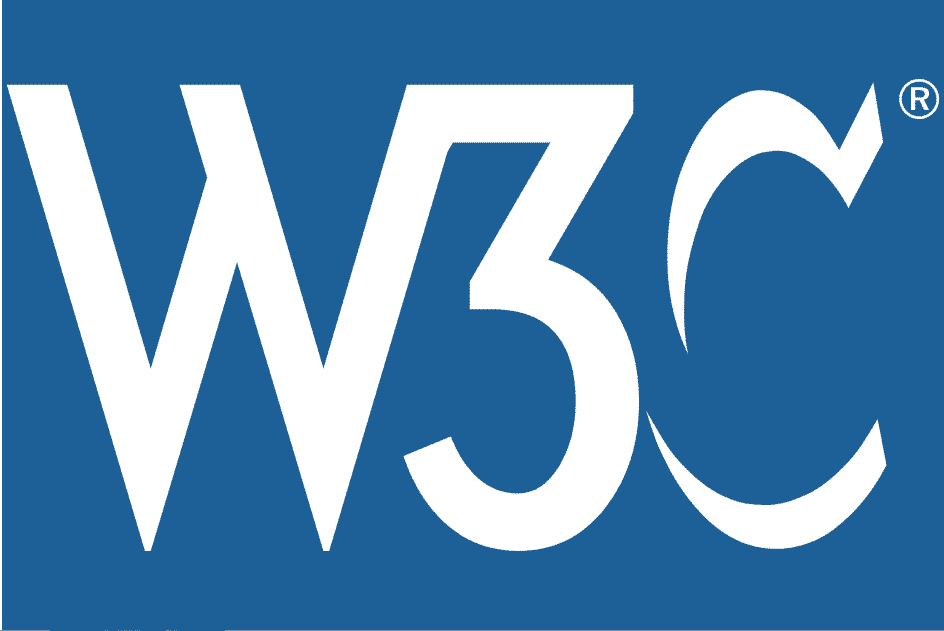W3C Publishes Working Draft of the Web Content Accessibility Guidelines (WCAG) 3.0

w3c wcag accessibility logo
The World Wide Web Consortium (W3C) has published the First Call Public Working Draft of its Web Content Accessibility Guidelines (WCAG) 3.0, which are developed through the W3C process in cooperation with individuals and organizations around the world. WCAG 3.0 provides new ways to evaluate web content accessibility for people with disabilities by addressing more types of disabilities, concentrating on both mobile and desktop applications, and developing new tests and scoring to determine accessibility.
While WCAG 3.0 would succeed WCAG 2.1 and 2.0, it would not deprecate these earlier versio
Since the late 1990s, the Board and the WCAG working groups have engaged in ongoing
The finalized WCAG 3.0 standards are not expected to be completed until after 2022.
